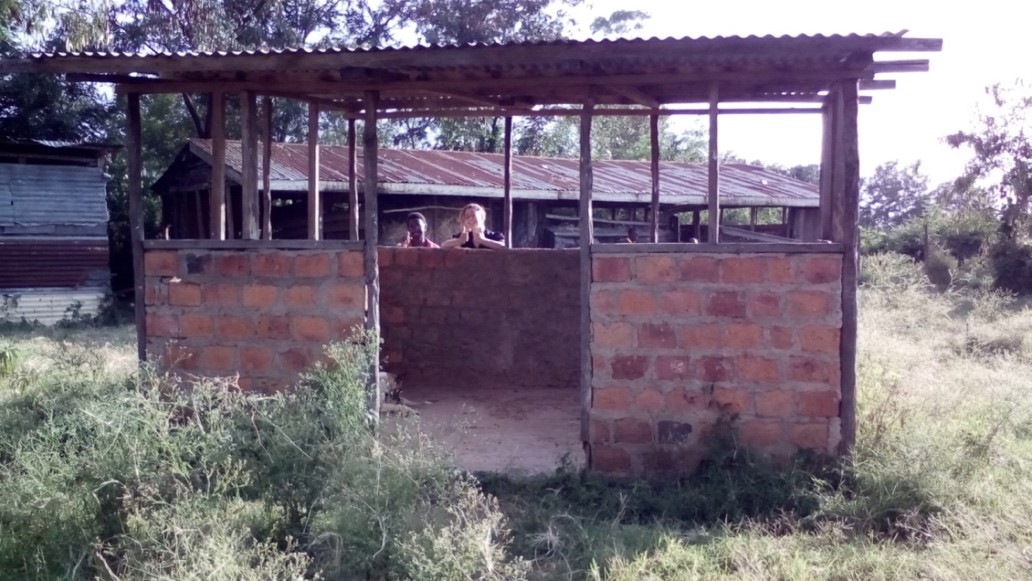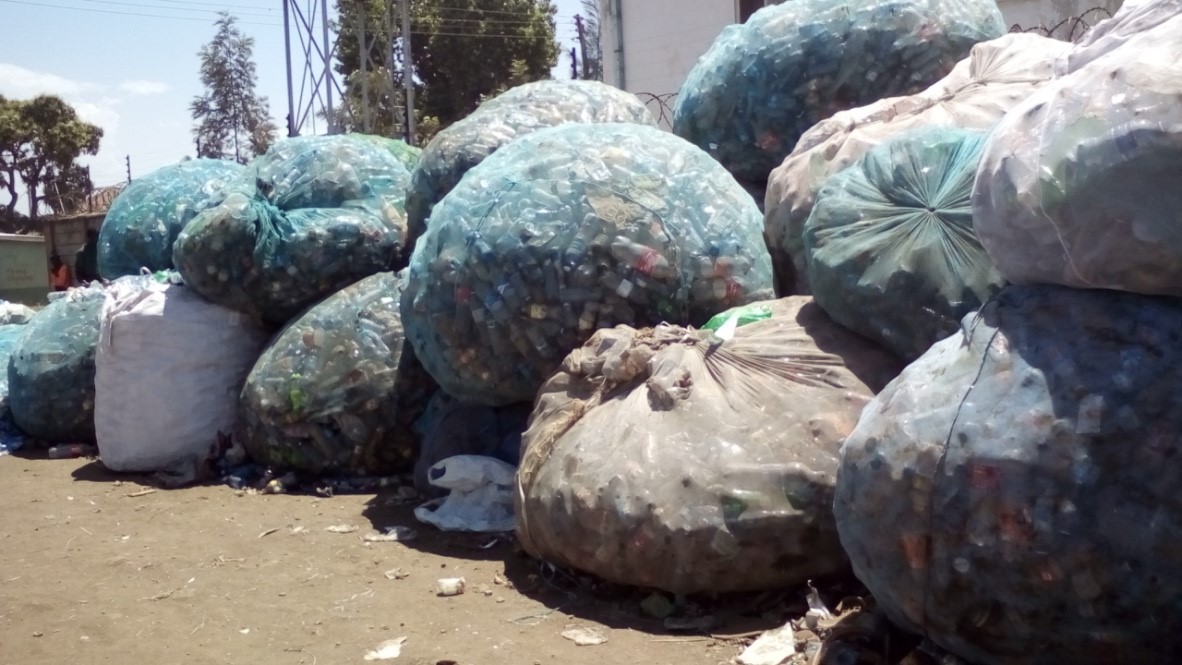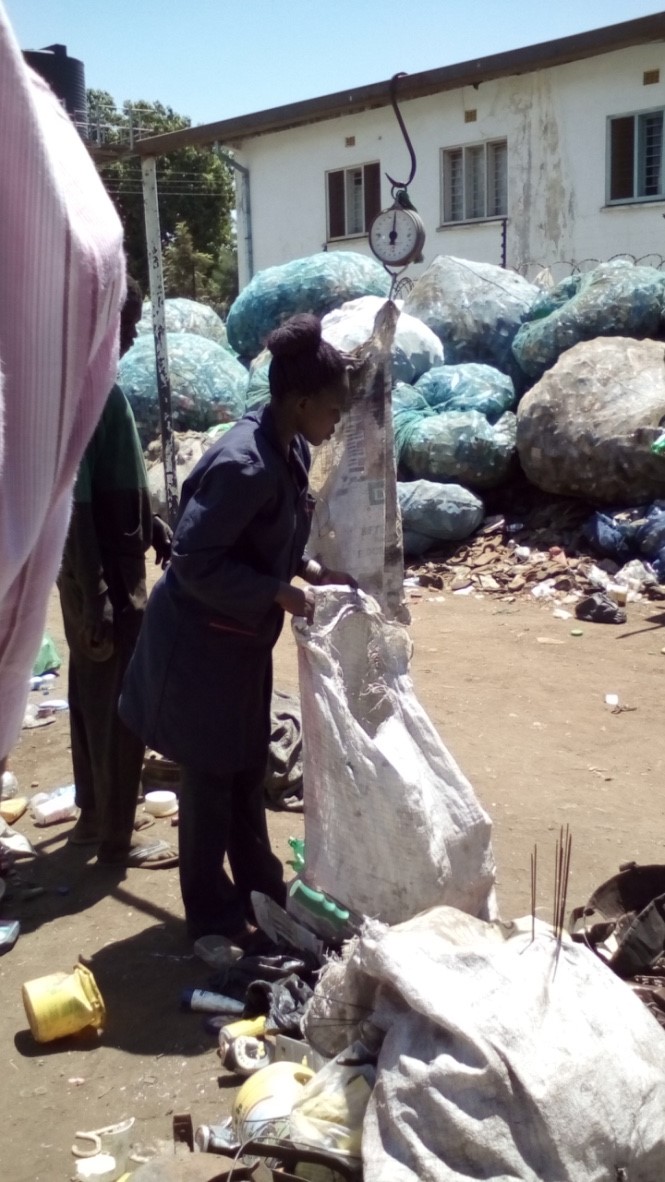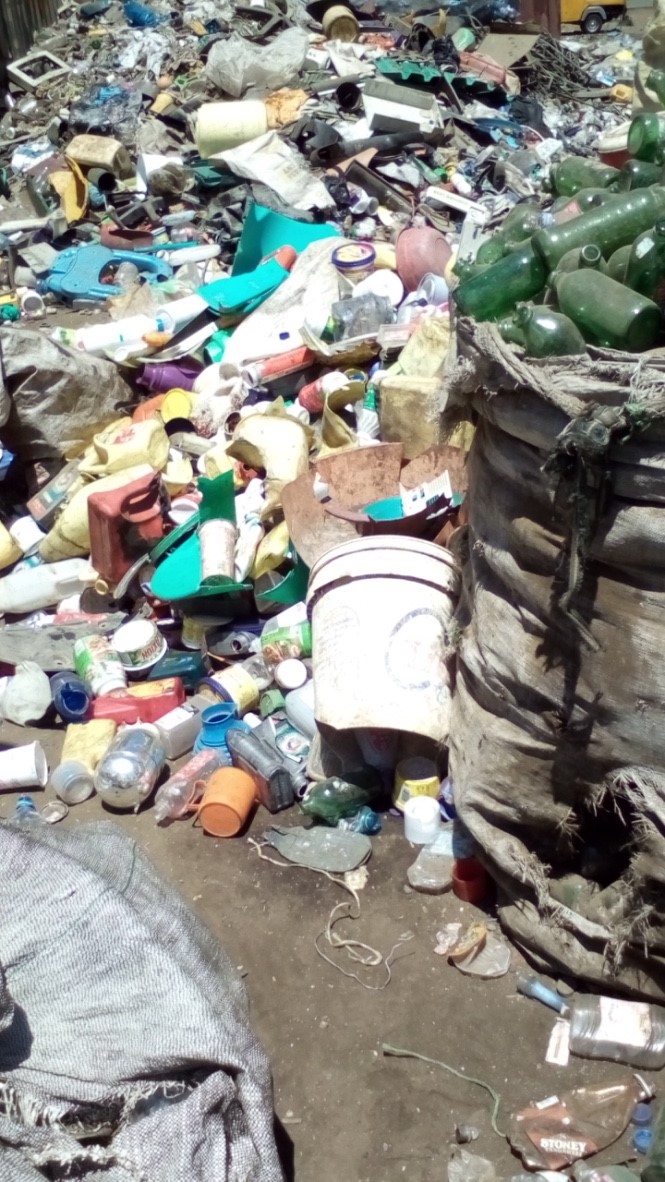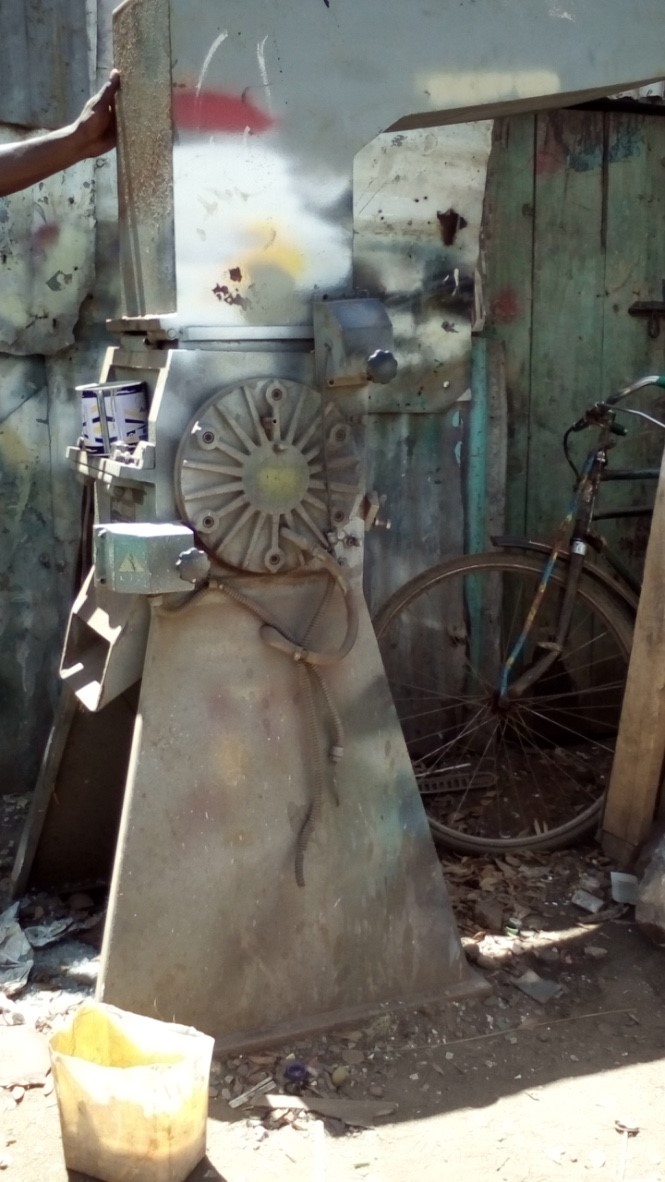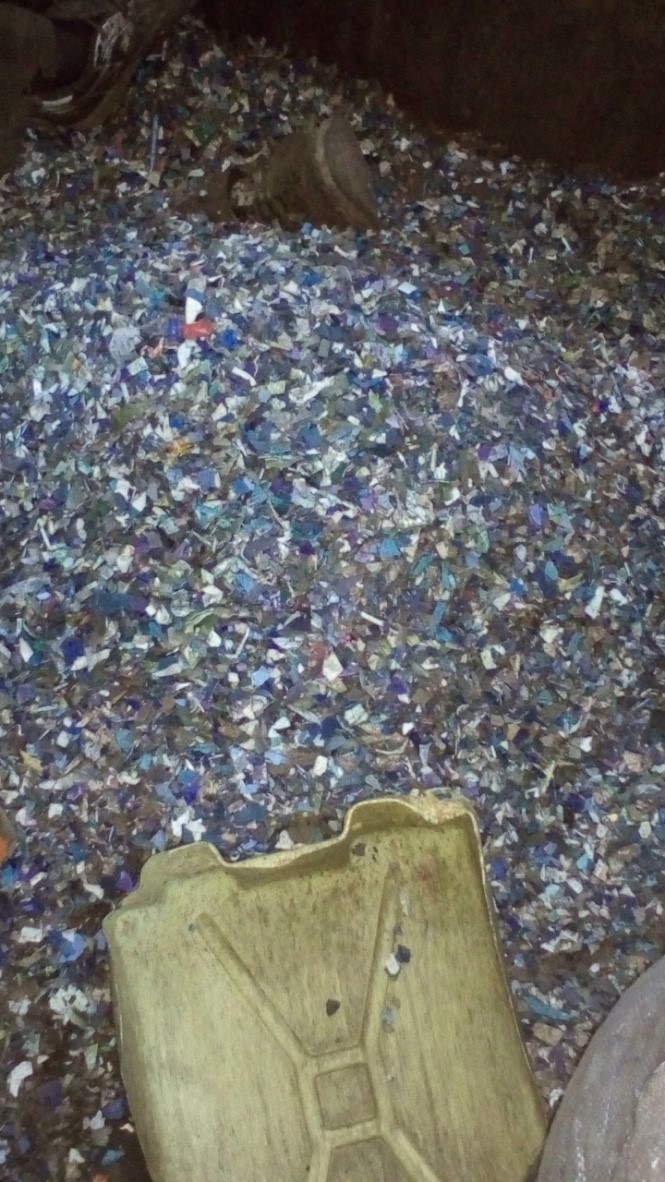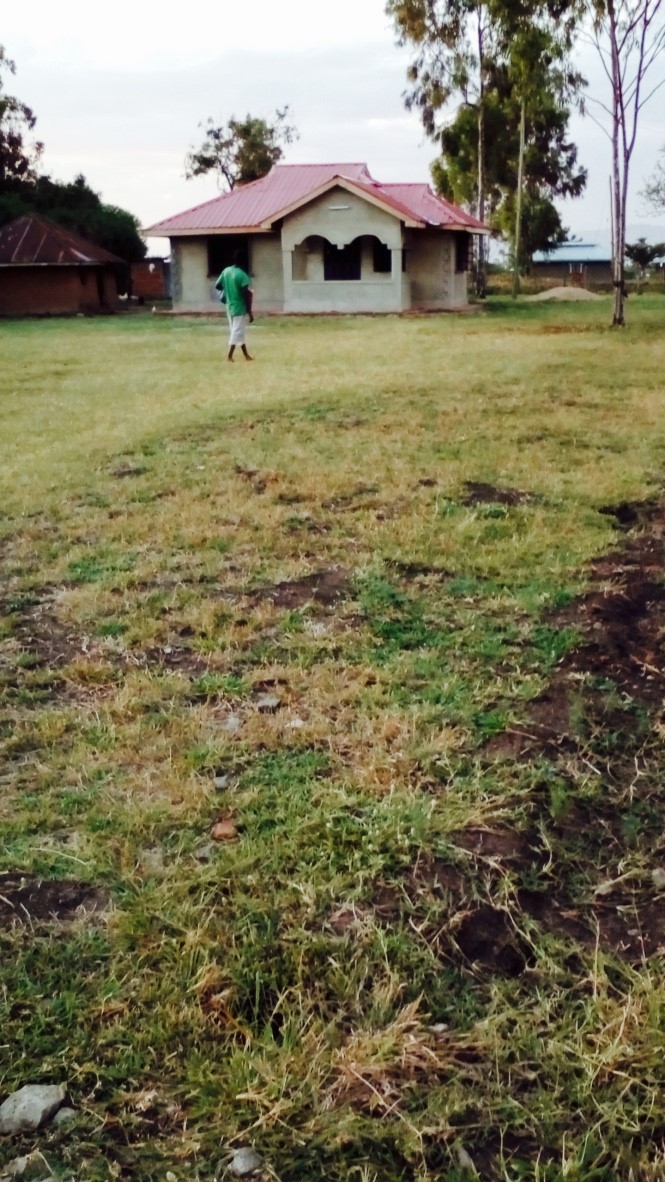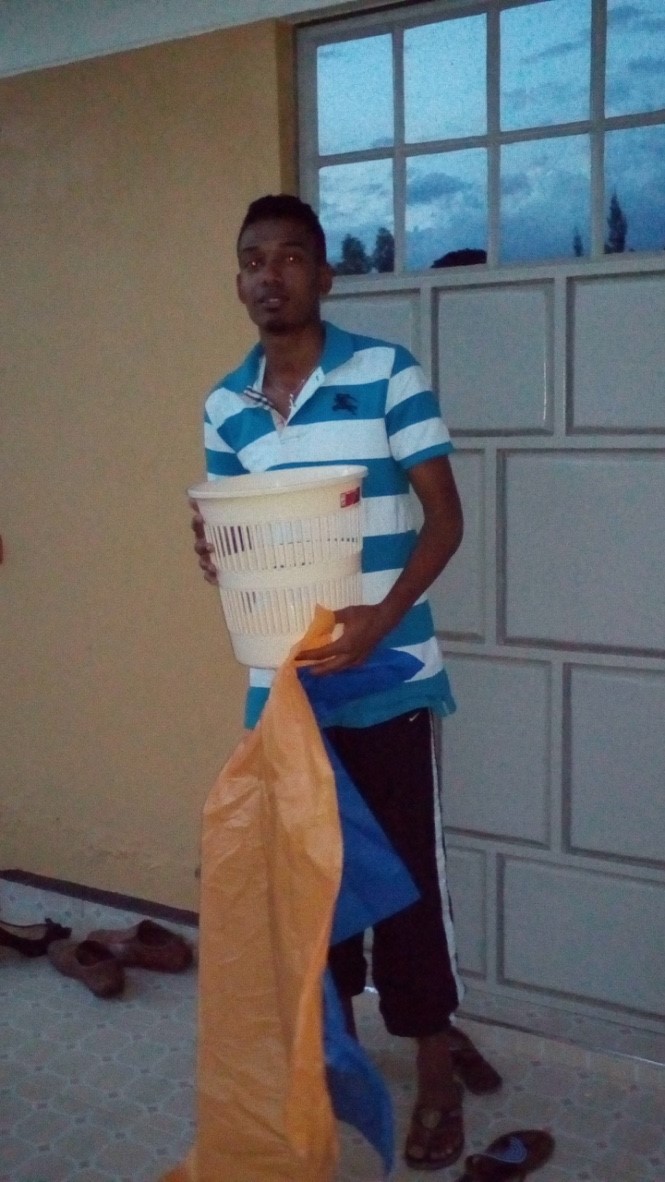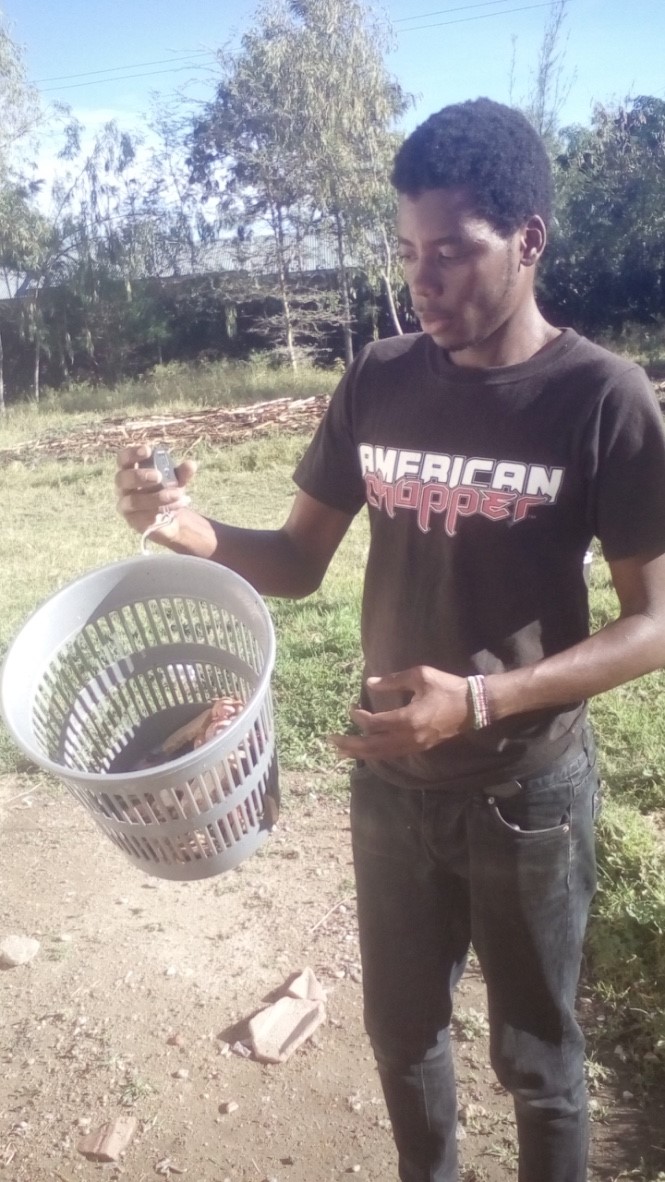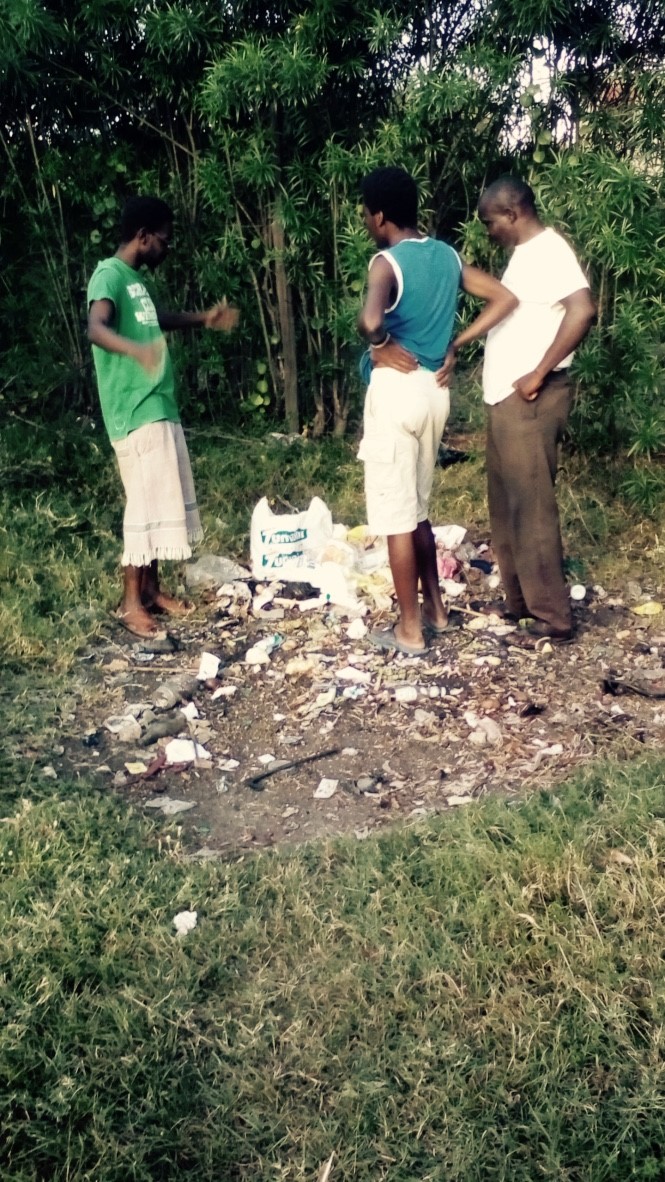Dear friends and Family,
In the following blog I will do an exposition of my current projects running in Kenia. I will also talk about my most important observation the last week.
Pilot Project 1: Recycling Bins
Together with the Logistic Manager, Kelly, I went to the Kibuye market in Kisumu to select our materials for the Recycling Bins. The Kibuye Market is the second largest flea market in East Africa and hosts more than a thousand market vendors. Anything you desire can be made here! We went to see the metal section, where new products are made from old scrap or used oil drums (see Figure 1)
Observation: Ahero Dumpsite
In Ahero town, there are two major dumpsites. Dumpsite 1(see Figure 10 – 12) is the biggest and located near Nyando river. During rainy season the flow drags a large part of the dumpsite straight into the river. This causes huge problems for the aquatic life and the quality of the water. So they closed it a few months ago. Instead of tackling the problem, they opened a new dumpsite near the road. (See Figure 13 – 15) The county government of Kisumu is responsible for this dumpsite and is supposed to pick up the waste every week. But apparently they haven’t collected any during the last two months. This is due to the high costs involved and the disability to get rid of the waste in a proper way. Most of the waste discarded is organic waste coming from the market. This huge amount of food waste, when separated at source, could be fed to animals like cows and pigs. As you can see on the figures 14 & 15, the animals are fond of the organic waste.
Pilot project 2: Composting
In Kenya, the proportion of farmers using inorganic fertiliser for maize planting has increased from 56 per cent in 1996 to 70 per cent in 2007. However, during the same period, the quantity applied increased slightly from 56kg per acre in 1997 to 59kg per acre in 2007 (Dailynation, 2014). This low usage of fertiliser is largely due to high costs. Compost manure is, therefore, a cheaper and environmentally friendly alternative. Organic waste collected from the households, market and Ebenezer, will be used to turn into fertile soil trough humusification. This will be done in a shed (See Figure 16) to shelter the process from wind, rain, sun and run off.
Together with the students, the compost will be watered and aerated daily to support the micro-organisms breaking down the plant and animal waste material. Once the compost is finished, different plot will be used to compare the quality and the impact on the crop yield.
Observation: Visiting Kisumu
On friday we went with the entire resource team for an observation expedition in Kisumu. Trough Julian, former street boy and now studying at the University of Kisumu (funded by Ebenezer), we were able to visit the major dumpsite. This dumpsite is property of the county government and run by 80 street boys. All of them committed criminal offences in the past and are now set in rehabilitation. They were still under the influence of drugs and tried to approach us many times. On top of that, the toxic smoke plumes were causing us respiratory problems, so we decided not to stay too long. On site we met up with Sir John Ncoloc, Head of the environmental county department and manager of the Kachok dumpsite. We could fire him with all our questions and discuss upon the future plans of the county concerning waste management. We weren’t allowed to take any pictures, but our secret camera could capture some impressive images. (See figure 19-22)
In Kisumu, the waste flow goes as follows. There are 60 private companies collecting the waste from households in return for a monthly fee. This waste ends up on the dumpsite or is just burnt along the road. From this site the street boys collect the precious materials and sell them to the storage centre (see figure 22 – 24). From the storage centre some of the following items are sold:
- Plastic bottles (PET & PETE): Entirely sold to Nairobi for recycling. They are not shredded in Kisumu to reduce volume because of the difference between the PET & PETE, which is difficult to distinguish.
- Glass: is sold in its whole for reuse. Broken pieces are seen as waste but could perfectly be recycled.
- Soft plastics (HPDE and PP) are shredded on site (see picture) and sold in big bags to Nairobi for further recycling.
- Metal: Is the only resource that is being recycled in Kisumu itself.
- Paper bags (Read plastic bags & foils) are not collected and remain on the landfill.
- Organic waste: This waste stream is not sorted out and ends up entirely on the landfill, by regularly burning the waste piles, they try to get rid of the waste piles.
Only 5% of the products that end up on the landfill are sorted out for recycling. But most of those resources, except for metal, are transported to Nairobi. There is a huge potential to set up a recycling plant in Kisumu. By this the money could stay locally available and add value to the county.
The dumpsite is expanding so rapidly that there is a high need for a solution. The previous dumpsite was located where the biggest supermarket in town, Nakumatt City, is now built. It’s striking me that food or products are bought in the supermarket, consumed and then end up at the dumpsite next to it. Kachok dumpsite will be relocated to Kibigori (see figure 17, Muhoroni sub-county) as a Sh800 million (€ 8 000 000) modern sanitary landfill following the conclusion of a feasibility study in the area. Unlike the open dumpsite that attracts pests such as flies and rats and emits bad odour, which is hazardous to man, the landfill would be a carefully designed structure built into or on top of the ground where trash would be isolated. The landfill is set to sit on a 50-acre parcel. The project is being funded by the French Development Agency through Kisumu Urban Project. The Kachock dumpsite would be used to turn organic waste into fertiliser. The remaining waste would be sorted at source so no waste would end up on the landfill anymore.
This sounds progressive in theory, but I’m wondering how long it will take to relocate the dumpsite and effectively sort the waste at source. It is clear that the government is in urgent need for a solution for this ever growing problem.
Sampling
To get a better insight in the waste quantity and quality of the households in Ahero, we started by sampling the waste from 16 different households. Ranging from low-standard to high-standard. During two weeks we’ll ask the people to collect and sort their waste in 3 different bins (See figure 35): plastic, organics and rest fraction. Together with Dexter, we’ll gather and weigh the waste daily (See figure 36). The empirical findings will be interpolated towards all the households and should give us a rough idea of their total waste generation in Ahero. This study will also give us more insight in the ability of the people to manage and sort their own waste.








